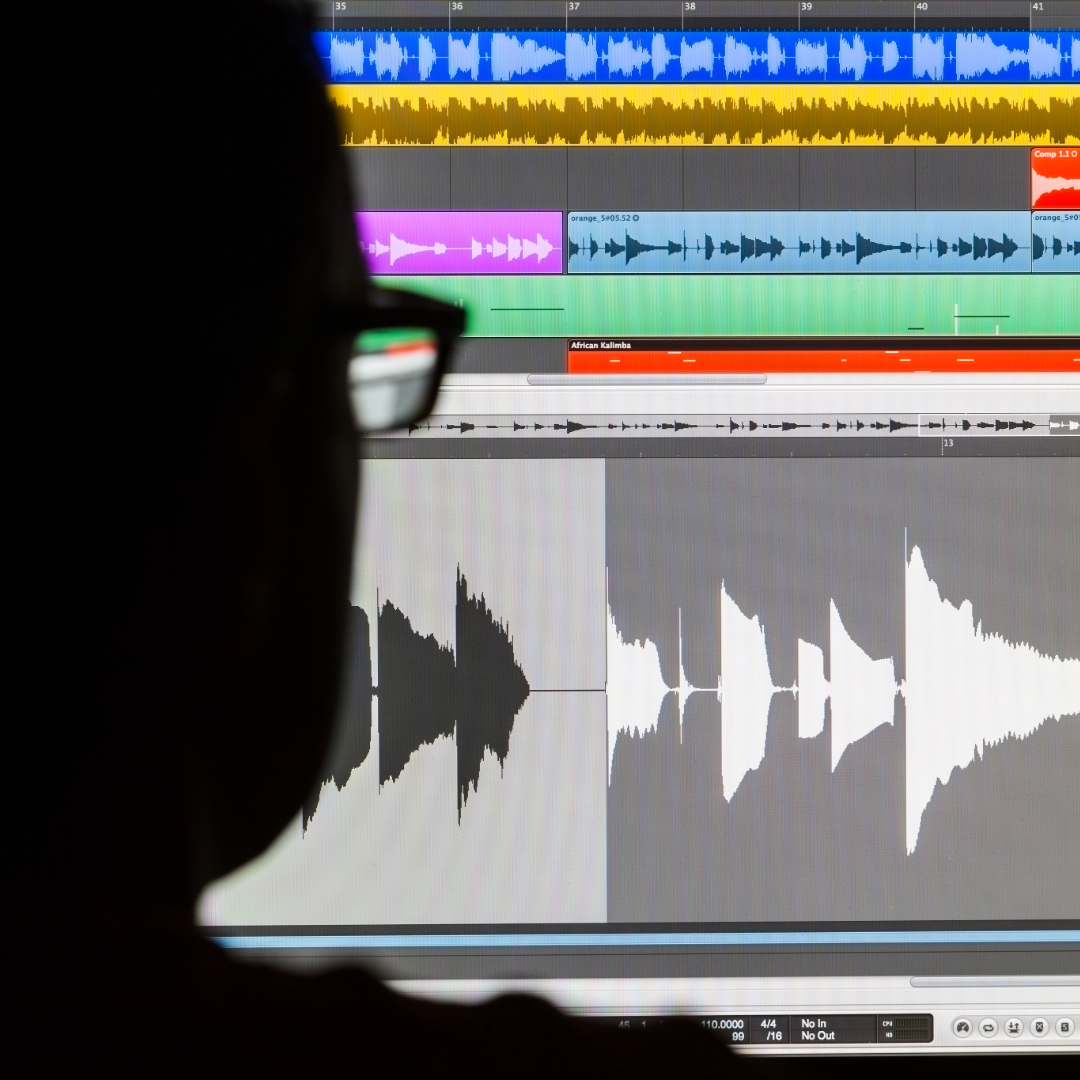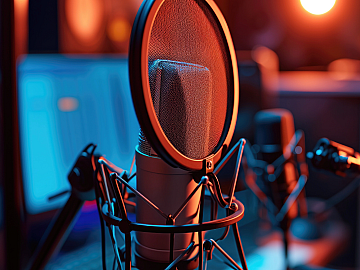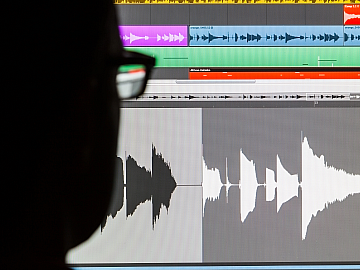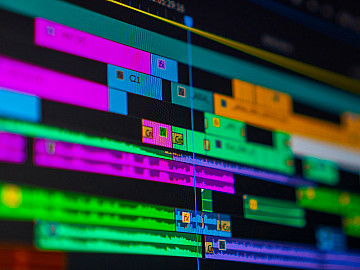If you are working in an industry that requires editing audio, then you already know that you need top-notch equipment.
Macbooks are especially powerful laptops that prove to be significant assets for video makers, photographers, and other artists. So, if you have a Macbook and want to edit audio, you know it will meet your needs.
However, it would be best to learn more about optimising your Mac to reach the desired result. Whether you are a seasoned audio professional or an enthusiastic hobbyist, optimising a Mac is essential.
You can use an audio editor for Mac, too. This article will delve into practical tips and techniques to help you with audio editing on Mac.
System Settings Optimisation
One of the first things you must consider when you learn how to optimise your Macbook for audio editing is your system setting optimisation. Of course, there are some things you need to set up so that you achieve the Mac editing quality you want. For example, the first is the processor priority. Set your processor performance to “high” in the energy-saver preferences. This way, you prioritise processing power for audio tasks.
Next, you should take care of the RAM allocation. Make sure you allocate sufficient RAM to your audio editing software. If your current capacity is limiting your audio performance, consider upgrading your RAM. Check your Macbook space and upgrade it to 256 GB of storage or more if available. This will allow the software to work smoothly and seamlessly so you do not experience interruptions.

The processes that run in the background might affect audio editing on Mac. So, minimise background processes and applications to free up system resources. Disable unnecessary startup items to ensure your Mac focuses on audio processing. It’s all about prioritising.
Also, pay attention to your audio buffer size too. Adjust the audio buffer size in your digital audio workstation (DAW) settings. If you have a smaller buffer size, you reduce latency. However, this requires more processing power. So, all these settings are interconnected.
Recommended Software Tools
Besides the system settings, you can optimise your laptop for editing voiceover. You can use some voiceover software tools, too. These will ease your tasks for a smoother experience. So, there are a few things you should keep in mind. For example, keep your audio interfaces up to date. Manufacturers often release updates for better compatibility and improved performance.
At the same time, limit the resource-intensive plug-ins. If there are some plug-ins that are running and are unnecessary for audio editing, disable them. Use only those which are essential for your project.
Also, maybe one of the most essential pieces of advice is to use a DAW that is optimised for Mac performance. Looking for some recommendations? Well, Ableton Live, Logic Pro X, or GarageBand are some extraordinary choices. These applications are designed to leverage the capabilities of macOS.
External Devices for Audio Processing
You might need a few more tools to expand your options. And, of course, enrich your audio editing on Mac capabilities. So, a few external devices could help you with audio processing. For example, you could consider external digital signal processing (DSP) accelerators for heavy audio processing tasks. You need some tools to offload processing from your Mac’s CPU, improving real-time performance.
Also, you might want to invest in a high-quality audio interface with low-latency monitoring capabilities. You need real-time audio playback during recording and editing. And you need it to be accurate, too. So, having a high-quality audio interface will help you tremendously with your audio editing and processing.
To reduce the strain on your Mac’s processing power, you could employ external control surfaces for tactile control over your DAW. This also enhances workflow.
Storage Management
Once you take care of your system settings, use the right software tools, and choose the best external devices for audio processing, you need to pay attention to your storage management, too. Chances are you work with large files, so these might lag your computer if not managed appropriately. You can use a fast external SSD and store your audio projects there. As they offer quick read/write speeds, they reduce loading times and improve overall performance, which is exactly what you need when you work on your audio projects.
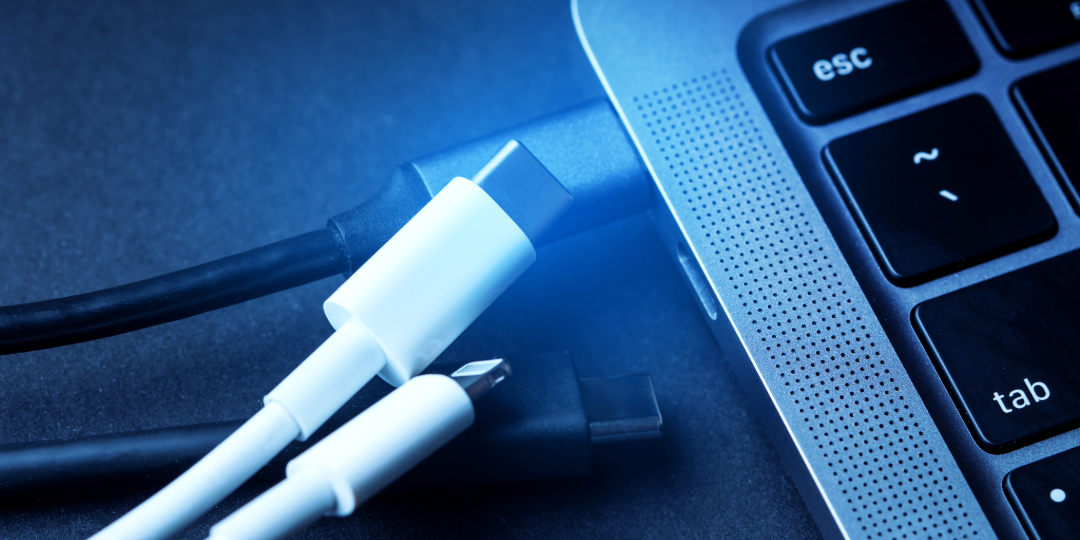
You also need to pay attention to your Mac’s internal storage and do regular cleanups. What does this mean? Reduce unnecessary files, old projects, and unused applications to free up space. Your laptop will run smoothly, and you can work without interruptions on your audio projects.
At the same time, it is essential to keep your files organised. You might work on multiple projects at the same time. Keeping them organised helps you sort them and decide which files you need right away and which ones you can store online or externally. You can use an external drive to store large libraries and samples. This way, you can use your Mac’s internal storage for your current projects.
Final Thoughts
You have your audio editing projects you want to complete, and you want to do it smoothly without interruptions. Well, you can optimise your Mac for audio editing.
How?
The main things you need to take care of are your system settings, the software tools you use, how and where you store your files, and the external devices you choose for audio processing.
Learn about the right settings, RAM allocation, audio buffer size, and background processes. These might slow down your Mac. Next, choose the right software tools for audio processing. The DAW has to be optimised for your Mac’s performance. Store your audio projects externally if you can so that your Mac runs smoothly and seamlessly. And invest in a high-quality audio interface.
There are many ways to optimise audio editing on Mac.
Cast Voice Actors
Discover Post-Production Services
Sometimes we include links to online retail stores such as Amazon. As an Amazon Associate, if you click on a link and make a
purchase, we may receive a small commission at no additional cost to you.

